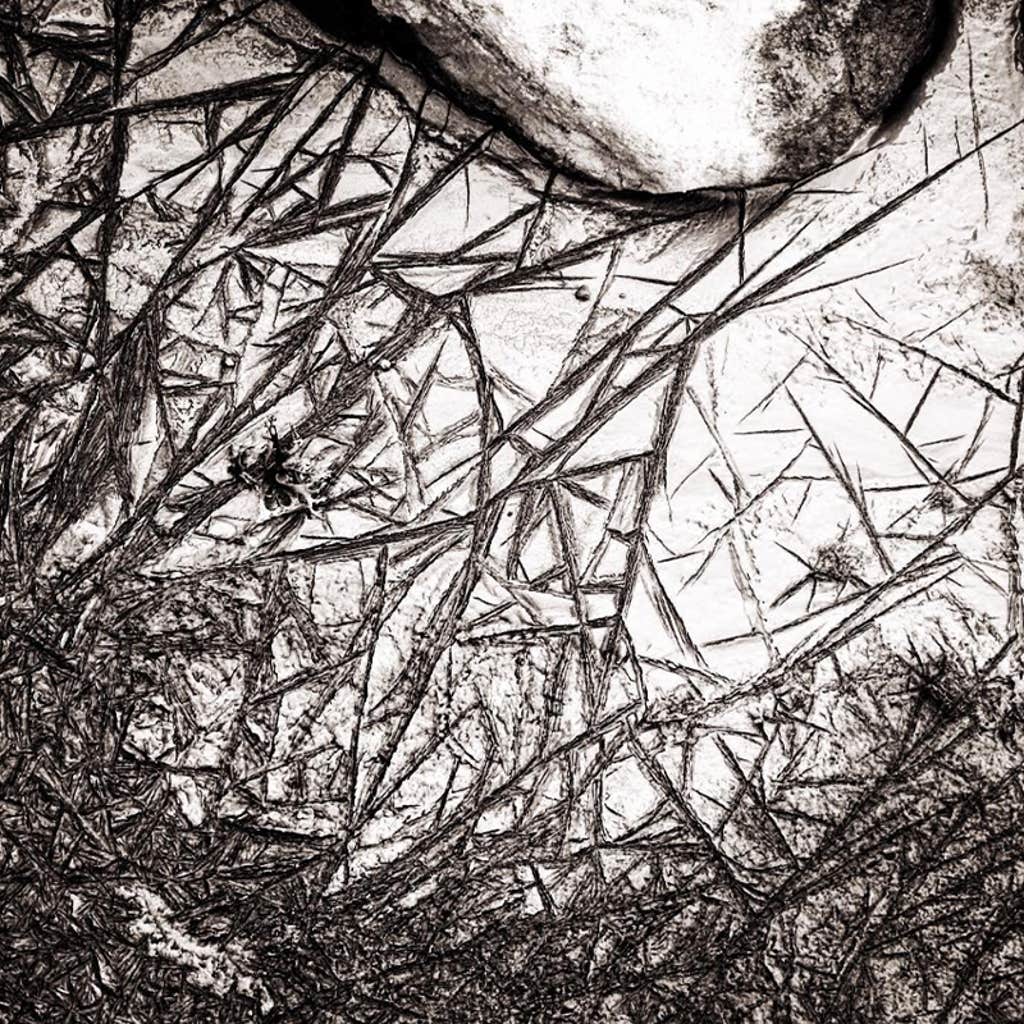Mark Urban was not in the Arctic to study ice. He was searching for fish– tracing their journeys from lake to stream and back once again, as they browse their shifting world. At all hours, in the field and in his campground, he might hear it. Plink, plonk, plinkPebbles subsumed in ice countless years ago being launched from formerly frozen lake banks, dropping into the water listed below.
Urban, an ecological ecologist and director of the Center of Biological Risk at the University of Connecticut, was performing his try outs associates at I-Minus Lake, in far northern Alaska. The lake is surrounded by permafrost that is now quickly warming and melting, launching its product to the unfrozen world around it. “All day and all night, you hear that melting of the ancient ice,” Urban states.
You see the land simply break down– practically before your eyes.
One early morning he awakened to see the mesolithic mud that had actually melted the day before refrozen and was motivated to take this picture, which covers a location of about a number of feet. The image, to him, catches a minute in time when “the Arctic is warming quicker than anywhere else worldwide,” he states. “We’re seeing the landscape modification before our eyes.” Each warm season, the location is losing 20 to 30 feet of its permafrost: frozen soil, rocks, and ice that have actually been enclosed for 10,000 years.

Urban began taking a trip to this exact same field website more than a years back. “The Arctic is an actually unique location, built on permafrost,” he states. “That’s what offers it its unique homes, that’s why it looks the method it does and has this lovely, plain landscape.”
With a researcher’s eye, he keeps in mind of environment modification that, “we’re seeing it in the biology of types, we’re seeing it in the modifications in weather condition patterns, we’re seeing it in the patterns of circulation in the rivers. To see the land simply break down– nearly before your eyes– I believe is one of those images that actually strikes you and states, yes, this is truly occurring. And it’s taking place rapidly“
The image does not pass on the noises. Throughout fieldwork there, he states, “every as soon as in a while, you’ll stop briefly and hear that sound.” Plink. Plonk. Plink. “And you believe, oh, what is that? Oh, it’s the melting of the permafrost” Plonk. “It’s a mournful soundtrack for enjoying the world break down.” ![]()
Lead image thanks to Mark C. Urban
-
Katherine Harmon Courage
Published on November 30, 2023
Katherine Harmon Courage is the deputy editor at Nautilus
Get the Nautilus newsletter
Advanced science, deciphered by the extremely brightest living thinkers.
Discover more from CaveNews Times
Subscribe to get the latest posts sent to your email.


























![Exploring the Serene Beauty of Nature: A Reflection on [YouTube video title]](https://cavemangardens.art/storage/2024/04/114803-exploring-the-serene-beauty-of-nature-a-reflection-on-youtube-video-title-360x180.jpg)























